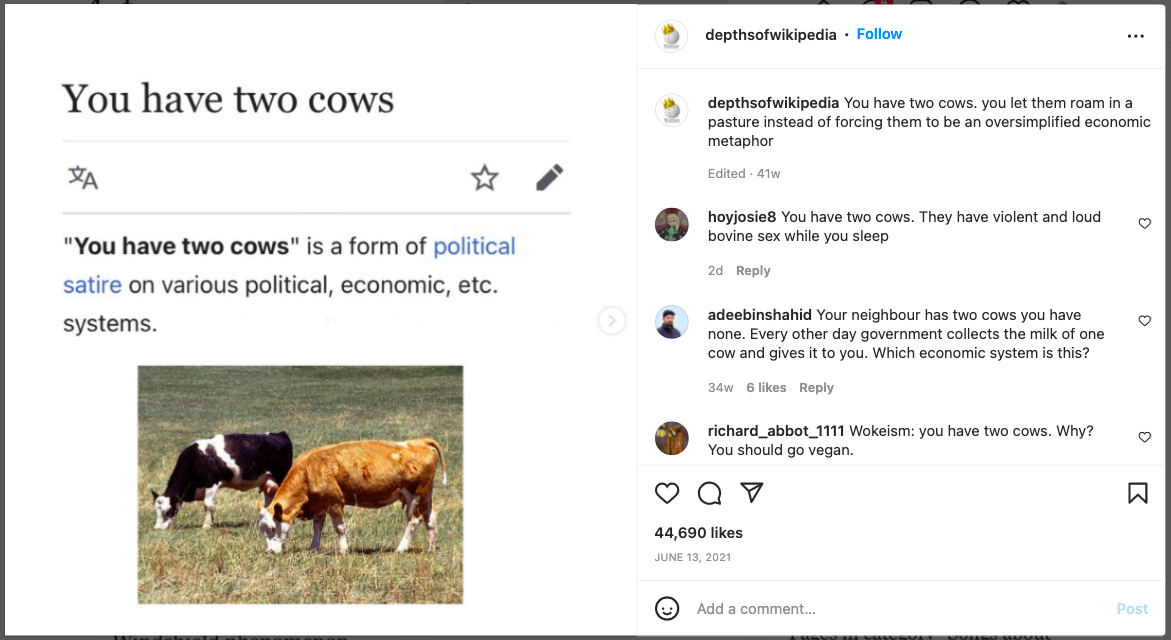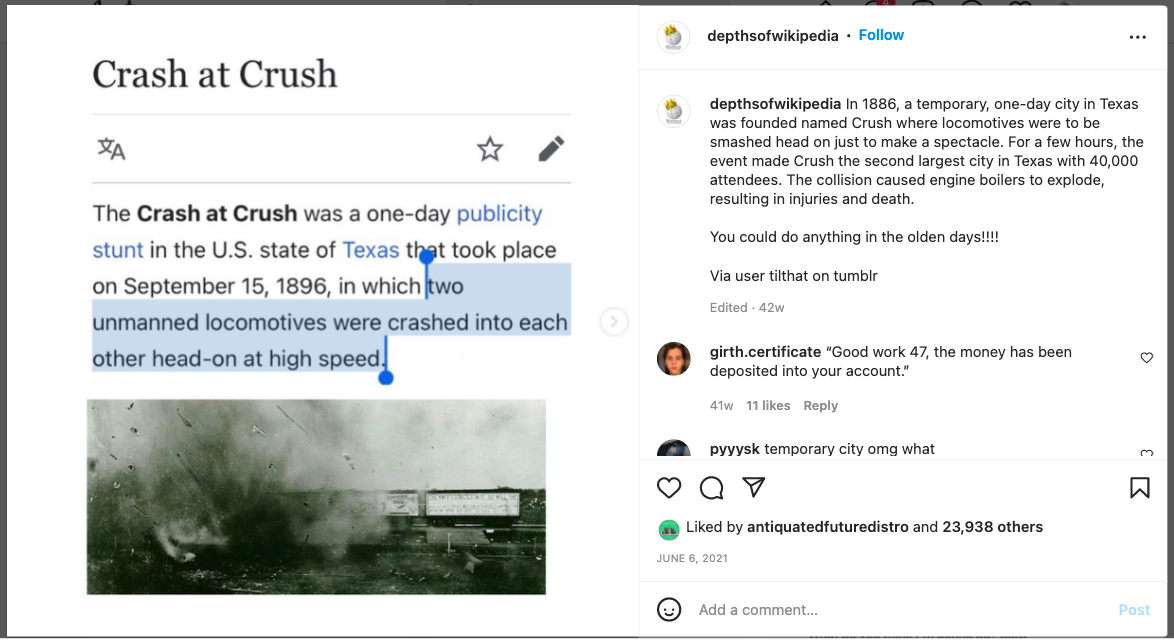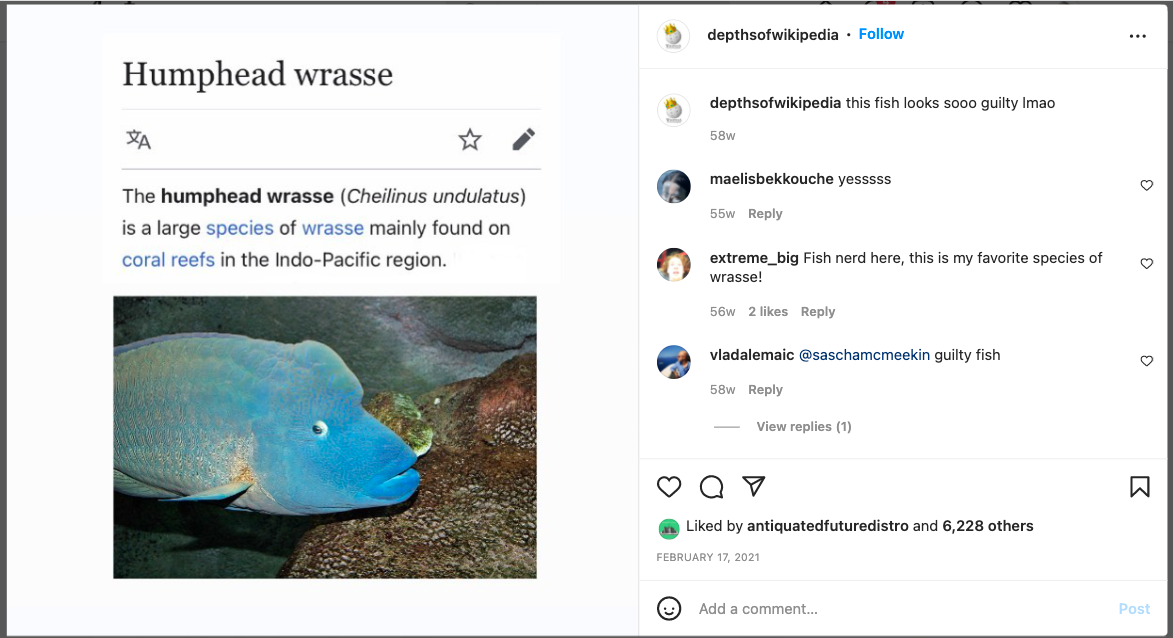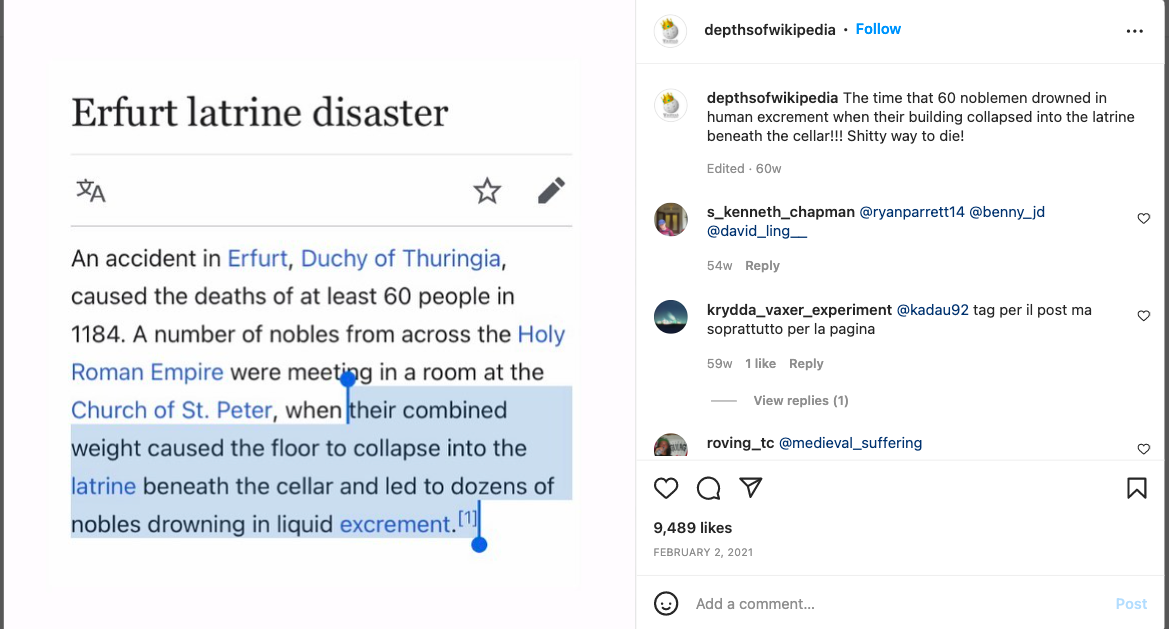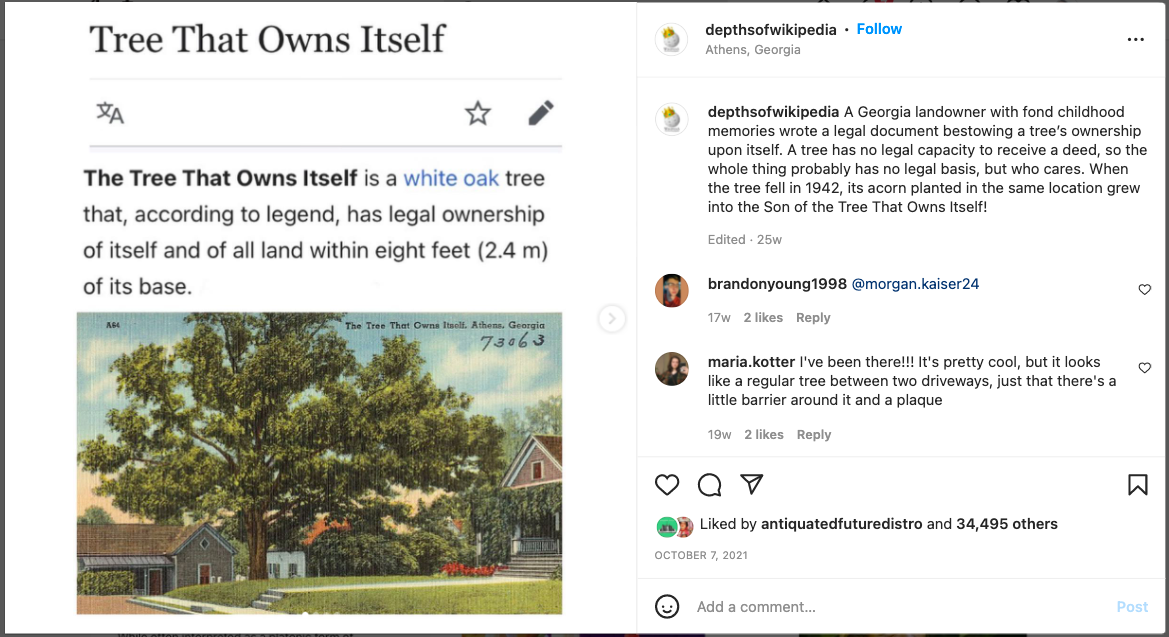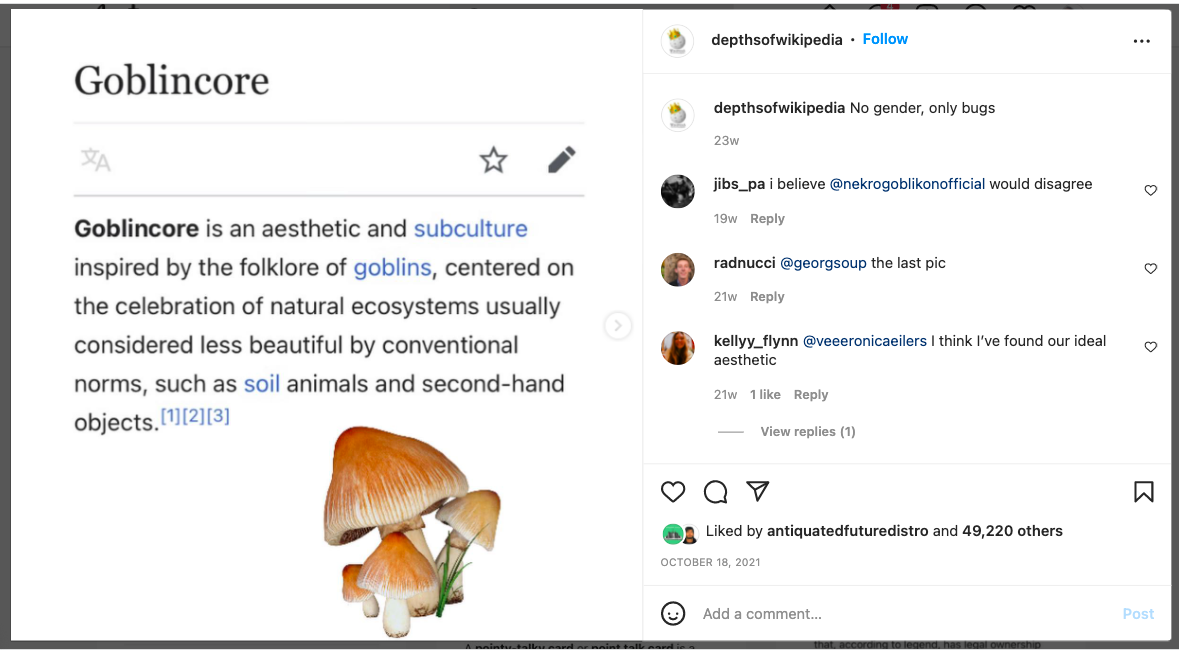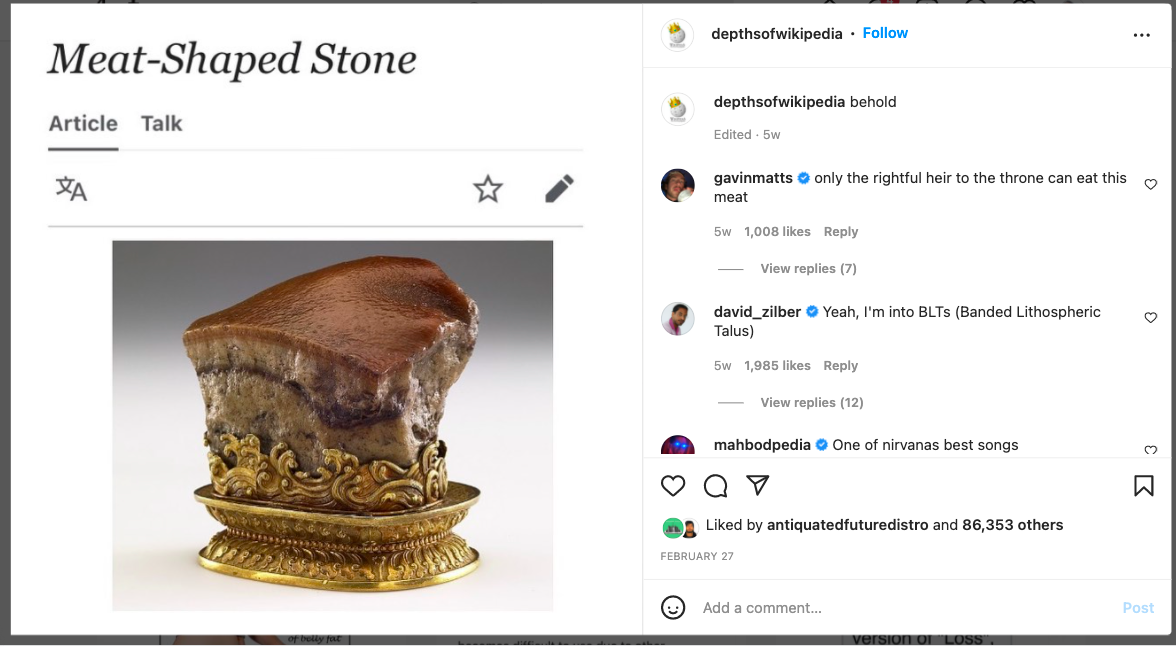The documentary filmmaker and sports editor Paul Devlin has won five Emmy awards, but he may well be better known for not getting into Harvard — or rather, for not getting into Harvard, then rejecting Harvard’s rejection. “I noticed that the rejection letter I received from Harvard had a grammatical error,” Devlin writes. “So, I wrote a letter back, rejecting their rejection letter.” His mother then “sent a copy of this letter to the New York Times and it was published in the New Jersey section on May 31, 1981.” In 1996, when the New York Times Magazine published a cover story “about the trauma students were experiencing getting rejected from colleges,” she seized the opportunity to send her son’s rejection-rejection letter to the Paper of Record.
It turned out that Devlin’s letter had already run there, having long since gone the pre-social-media equivalent of viral. “The New York Times accused me of plagiarism. When they discovered that I was the original author and they had unwittingly re-printed themselves, they were none too happy. But my mom insists that it was important to reprint the article because the issue was clearly still relevant.”
Indeed, its afterlife continues even today, as evidenced by the new video from Letters Live at the top of the post. In it actor Himesh Patel, well-known from series like EastEnders, Station Eleven, and Avenue 5, reads aloud Devlin’s letter, which runs as follows:
Having reviewed the many rejection letters I have received in the last few weeks, it is with great regret that I must inform you I am unable to accept your rejection at this time.
This year, after applying to a great many colleges and universities, I received an especially fine crop of rejection letters. Unfortunately, the number of rejections that I can accept is limited.
Each of my rejections was reviewed carefully and on an individual basis. Many factors were taken into account – the size of the institution, student-faculty ratio, location, reputation, costs and social atmosphere.
I am certain that most colleges I applied to are more than qualified to reject me. I am also sure that some mistakes were made in turning away some of these rejections. I can only hope they were few in number.
I am aware of the keen disappointment my decision may bring. Throughout my deliberations, I have kept in mind the time and effort it may have taken for you to reach your decision to reject me.
Keep in mind that at times it was necessary for me to reject even those letters of rejection that would normally have met my traditionally high standards.
I appreciate your having enough interest in me to reject my application. Let me take the opportunity to wish you well in what I am sure will be a successful academic year.
SEE YOU IN THE FALL!
Sincerely,
Paul Devlin
Applicant at Large
However considerable the moxie (to use a wholly American term) shown by the young Devlin in his letter, his reasoning seems not to have swayed Harvard’s admissions department. Whether it would prove any more effective in the twenty-twenties than it did in the nineteen-eighties seems doubtful, but it must remain a satisfying read for high-school students dispirited by the supplicating posture the college-application process all but forces them to take. It surely does them good to remember that they, too, possess the agency to declare acceptance or rejection of that which is presented to them simply as necessity, as obligation, as a given. And for Devlin, at least, there was always the University of Michigan.
Related content:
Read Rejection Letters Sent to Three Famous Artists: Sylvia Plath, Kurt Vonnegut & Andy Warhol
Gertrude Stein Gets a Snarky Rejection Letter from Publisher (1912)
Based in Seoul, Colin Marshall writes and broadcasts on cities, language, and culture. His projects include the Substack newsletter Books on Cities, the book The Stateless City: a Walk through 21st-Century Los Angeles and the video series The City in Cinema. Follow him on Twitter at @colinmarshall or on Facebook.

